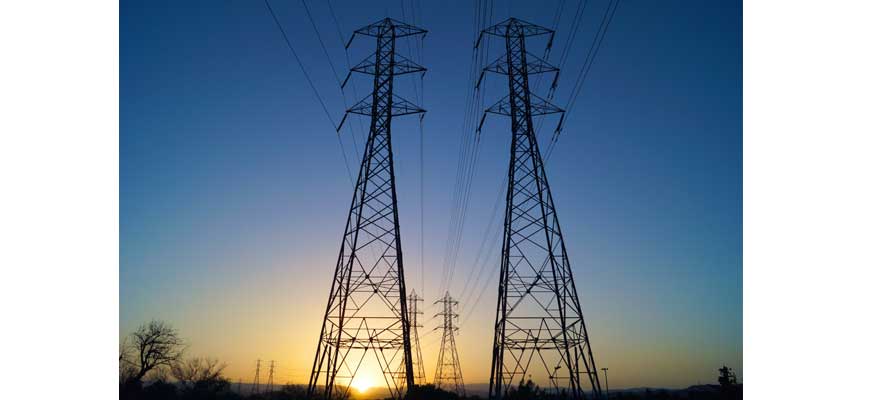Tags :
Schedule a Call Back
 In order to ensure a quality power supply to Ladakh throughout the year, Prime Minister Narendra Modi has reportedly dedicated the 220 kV Srinagar-Alusteng-Drass-Kargil-Leh transmission system to the nation. Besides, enhancing the socio-economic development of the region, this initiative is expected to give a huge boost to the tourism sector as well.
In order to ensure a quality power supply to Ladakh throughout the year, Prime Minister Narendra Modi has reportedly dedicated the 220 kV Srinagar-Alusteng-Drass-Kargil-Leh transmission system to the nation. Besides, enhancing the socio-economic development of the region, this initiative is expected to give a huge boost to the tourism sector as well. The Rs 22.66-billion project is expected to minimise the massive use of diesel generating sets during winter. The transmission line is approximately 335 km-long and is built at a height of around 3,000-4,000 m. The line reportedly is snow covered for nearly six months, with a minimum temperature of -40o C at Drass. With Snow & Avalanche Study Establishment?s (SASE) assistance, special tower foundations were constructed.
Also, the four new state-of-the-art 220/66 kV gas insulated sub-stations built at Drass, Kargil, Khaltsi and Leh will help to ensure 24 x 7 quality power in all weather conditions. 95 per cent of the funding has been provided by the Government of India, while the remaining 5 per cent has been provided by the Jammu and Kashmir Government.
The project is aimed to supply quality of power supply and improve reliability to Ladakh region during harsh winters and evacuation of surplus power of Kargil and Leh Hydel stations of NHPC in summers. Thus boosting hospitality industry in the region.
Modi has laid the foundation stone of the project in 2014 and the project was completed by the Power Grid Corporation of India (POWERGRID), a Navratna company of the Government of India, under Ministry of Power, in four and half years.


Subscribe to our Newsletter & Stay updated
Mumbai, 7 July 2025 – The first phase of Mumbai’s long-awaited seaside promenade, part of the Coastal Road project, will open to the public o...
A newly constructed 8-kilometre road connecting Pudi, Karangi, and Melikanchuru in Pachipenta mandal, Parvathipuram Manyam District, was inaugura...
Tata Steel has signed a Memorandum of Understanding (MoU) with Australia-based InQuik Group to introduce modular bridge systems in India, aiming ...